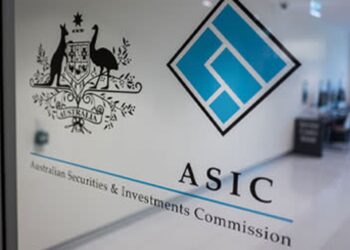New research released on Tuesday (15 February) by the University of Adelaide, revealed that the investment performance of a typical self-managed super fund (SMSF) improves as the fund balance approached $200,000.
This, the SMSF Association said in a statement, disproves current regulatory guidance by reinforcing an earlier finding that SMSFs with balances of $200,000 or more are cost-effective compared with industry and retail superannuation funds.
The SMSF Association, which commissioned the report based on a study of over 318,000 SMSFs, said the research quashes ASIC’s guidance to advisers and licensees that suggested that on average, SMSFs with balances below $500,000 have lower returns after expenses and tax than funds regulated by APRA.
“The research data revealed no material differences in performance patterns for SMSFs between $200,000 and $500,000, so the notion that smaller SMSFs in this range deliver materially lower investment returns, on average, than larger SMSFs in this range, is not supported by the research results,” said John Maroney, the association’s chief executive.
“The research results suggest a more appropriate threshold is $200,000”.
Mr Maroney believes these new findings are “a very significant development for the SMSF sector”.
Commenting on the report, Professor Ralf Zurbruegg from the University of Adelaide explained that method used by the ATO to calculate SMSF performance significantly differs to that used by APRA to measure the effectiveness of its own funds.
“When we account for the differences in how the performance of these funds is calculated, neither APRA regulated superannuation funds nor SMSFs with balances above $200,000 consistently under or out-perform each other,” Professor Zurbruegg said.
Moreover, the new research found that SMSFs with more diversified asset allocations achieved higher returns.
“The performance benefits of adding a second, third or fourth asset class are strong and consistent across the 2017-19 period,” Mr Zurbruegg said.
“The results provide a useful reference point and education tool for SMSF professionals and investors and supports the regulatory focus on SMSFs with inadequate levels of diversification.”




FASEA made many question the ethical standards of so called “Academics”. We certainly witnessed what the allure of forcing advisers with existing Graduate Degrees back to school did.
It is stated that his SMSFA paid research ( I point out the relationship between SMSFA and Adelaide Uni already) “found that SMSF with more diversified asset allocations achieved higher returns”… are these actual real life SMSF’s? Because my practical experience finds people with SMSF, especially with $200,00 don’t get access to real advice and don’t have access to the stated levels of diversification…. The Accountant sold them a SMSF and told them to buy four bank stocks and a term deposit. I suspect we are using “assumptions” and comparing them to APRA funds. When in reality the level of diversification in a SMSF with a $200,000, would be significantly less than any APRA fund ?
I haven’t read the report but they state it is from an analysis of 318,000 SMSFs.
The old days when academics were trustworthy professionals have long since gone. These days they are more likely to be grasping and conflicted. The FASEA debacle, and ASIC’s “cash for academic comment” exercises, have proven academics can no longer be trusted.